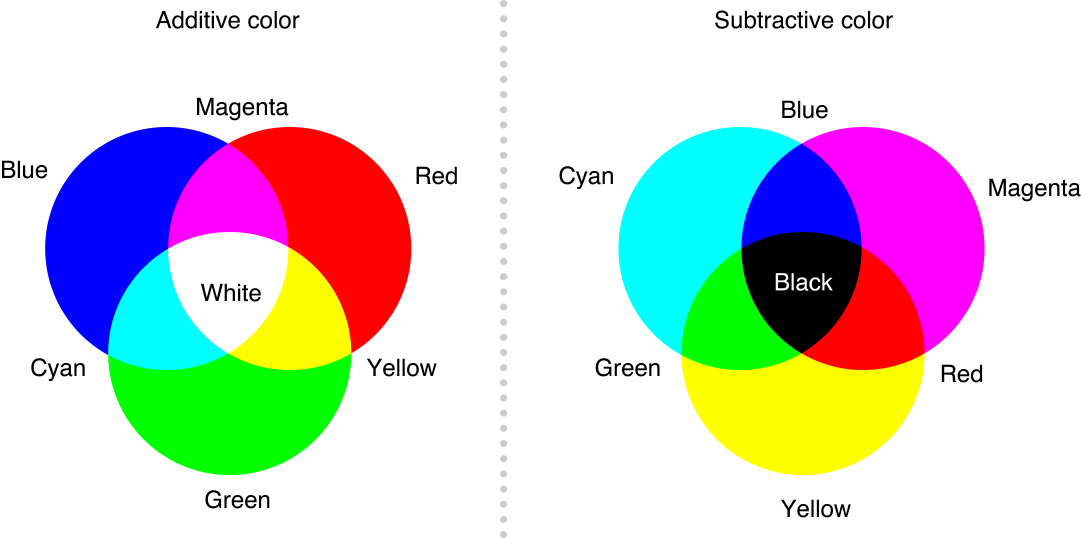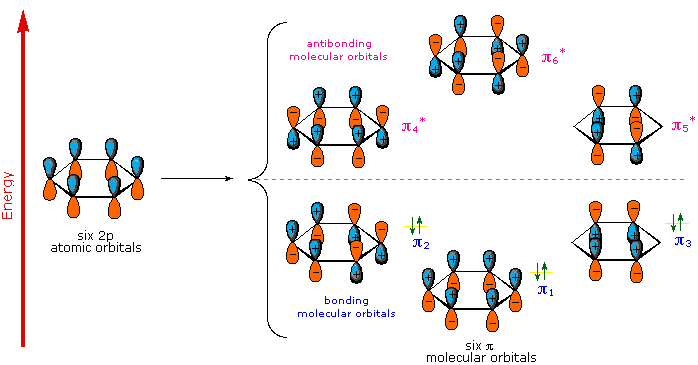Although it is common knowledge that plastic waste finds its
way to the ocean en masse as evidenced regions of high marine debris such as the great Pacific Plastic Gyres,
there are few statistics that put exactly how much plastic enters the oceans
into frame. A study published in February of this year looked to do exactly
that, estimating that in 2010 an approximate 4.8-12.7 million metric tons of
plastic entered waterways over 192 coastal countries that year.
This estimate was generated by taking into account local
statistics for waste generation per capita and population growth trends to predict the amount of trash that shoreline countries produced within a 50 km region from the coast. An approximation of 11% plastics content for the produced waste was then applied, and transformations were imposed to convert total plastic waste to mismanaged plastic waste and finally to marine plastic debris. The authors of the study state
that their estimate is one to three magnitudes higher than estimates made based
upon gyre plastic content and justify this by reasoning these other estimates
to only account for buoyant plastics. However, this large discrepancy between
the predicted value and others brings the accuracy of the estimation into
question. In the materials and methods section, the described transformation
from mismanaged waste to marine waste was arbitrarily set at a percentage set
of 15%, 25% and 40%, values that were deemed conservative based on a described
estimation for the San Francisco Bay area.
Fig. 1: Projected plastic marine debris entering the ocean from 2010 on (Article in Discussion)
The study also estimated based on the same model that a
cumulative 100-250 million metric tons of plastic waste would enter the ocean
by the year 2025. This range was based on an extrapolation of population growth
and plastic waste content growth rates in the past, and for this reason may be
brought under scrutiny considering emerging efforts to stifle plastic waste
pollution. However, the numbers produced in this study still has shock value, which lends them importance. Knowing that these enormous numbers are estimated based on
current and past trends should in itself be a wake-up call since the
implication is that our current lifestyle is unsustainable and resonates into
the foreseeable future. In other words, this study is a call to action for all
countries to set measures in place that will curb marine pollution currently
and protect our future oceans.
The study goes into further detail about the extent to which efforts to reduce plastic waste in the near future will affect the amount of plastic trash that ends up in the world oceans and also gives a more detailed breakdown of the contributions of each country to marine plastic debris. It is definitely worth checking out and can be found in full text here. Thanks!
The study goes into further detail about the extent to which efforts to reduce plastic waste in the near future will affect the amount of plastic trash that ends up in the world oceans and also gives a more detailed breakdown of the contributions of each country to marine plastic debris. It is definitely worth checking out and can be found in full text here. Thanks!








